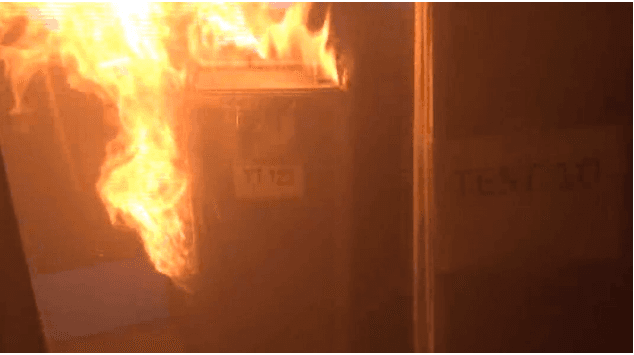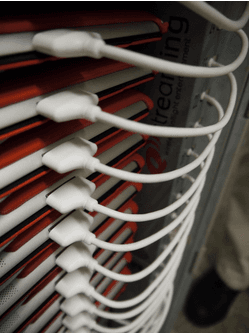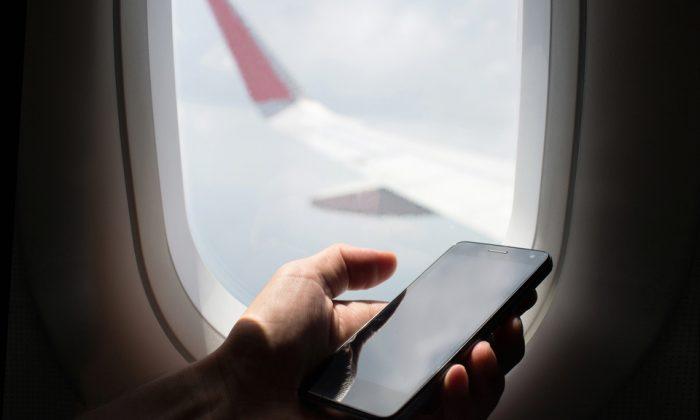The aviation industry is suffering on multiple fronts from the growing use of personal electronics powered by lithium-ion batteries. The appeal of the batteries is their high efficiency. The downside is they have a troubling potential to cause catastrophic mid-flight fires.
Lithium-ion batteries are in almost every portable device on the market, from cellphones and cameras, to laptops and tablets. They’ve been adopted so widely because of their high power-to-weight ratio, great energy efficiency, and long life. The technology also runs most electric and hybrid vehicles.
In-Flight Entertainment
A growing number of airlines are offering tablets as in-flight entertainment. Among them are Thai Airways, Hawaiian Airlines, low-cost Singapore carrier Scoot, TAP Portugal, Israel’s flag bearer El Al, and Qantas’s Jetstar.
Thermal runaway happens when a temperature increase near a lithium-ion battery releases energy that causes the temperature to further increase, resulting in an uncontrolled positive feedback reaction—and eventually a fire.
Ten experiments were conducted in a Boeing 737 test plane where tablets were stacked in a galley cart following airline and manufacturer guidelines. Scenarios included a nearby heat plate and an external alcohol fire.

In some experiments, the tablets indeed caught fire. The aviation authorities concluded that the accumulation of flammable gasses in the galley cart could lead to an explosion that would blast open a galley cart door with the “potential to emerge out of the galley cart and spread to the adjacent structure and materials of the aircraft cabin.”
The report recommends additional study to determine a safe way to store tablets.
Personal Devices
Fires can also break out even with a single device.Well done @KLM for calm management of cabin fire on flight KL 875 caused by a battery in passenger’s carry-on luggage pic.twitter.com/E6VH8ArhgTCargo
The greatest danger caused by lithium-ion batteries is when they’re shipped as cargo.Malaysia Airlines Flight MH370, which disappeared on March 8, 2014, without a trace, was carrying about 440 pounds of lithium-ion batteries. A battery-caused explosion is one of the many theories to explain what happened.
A few months later, the FAA conducted another test in which they placed a fire-suppression agent in the box. The result was the same.
The main issue for the airlines is that although the risks of lithium-ion batteries are becoming clearer and clearer, more research needs to be done to establish regulations and best practices, particularly for inflight personal devices. In the meantime, the airlines have the liability of living with the known risk, but don’t have enough means to mitigate them.






Friends Read Free